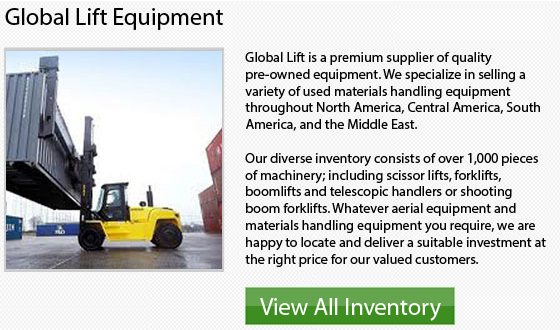
On the market nowadays are lift trucks that are categorized in 7 different categories. categories 1-4 consist of forklifts that are engineered specially to operate on smooth surfaces indoors. They may be selected for specific aspects of recycling that occur in those kinds of settings. For more intensive outdoor recycling applications, Class V and VII forklifts are usually utilized.
A lot of businesses have some or all of their operations outdoors and have to deal with workloads considered extreme. Their forklift selection will gravitate toward IC or Internal Combustion machinery in Class VII and Class V. These units work well in any weather conditions and have sufficient power to run heavy items during the course of a shift.
Another key factor to take into consideration is to use a lift truck safely. Knowing and acknowledging the center of gravity is really essential when operating a forklift, particularly while traveling on uneven terrain. Recognizing the stability triangle in these tough work conditions is imperative also.
Warehouses, manufacturing operations, and the supply area for many textile firms may have different types of reach trucks. Utilizing a reach truck to store finished merchandise on pallets, a variety of supplies and other pieces of equipment is common. These equipment help in keeping a facility organized and allow them to utilize the maximum amount of area by stacking vertically. Reach trucks are fairly easy to operate. They can help make better use of both available storage space and time.
If you are going to be using your forklift equipment 4 to 8 hours a day, it is highly recommended to buy new. The warranty alone could come in handy with such continuous use. If, however, you are just unloading and loading on a bi-weekly basis or not very often, then a used model may be suitable for your requirements. Each and every situation is different and you should assess your individual requirements before picking a suitable equipment.